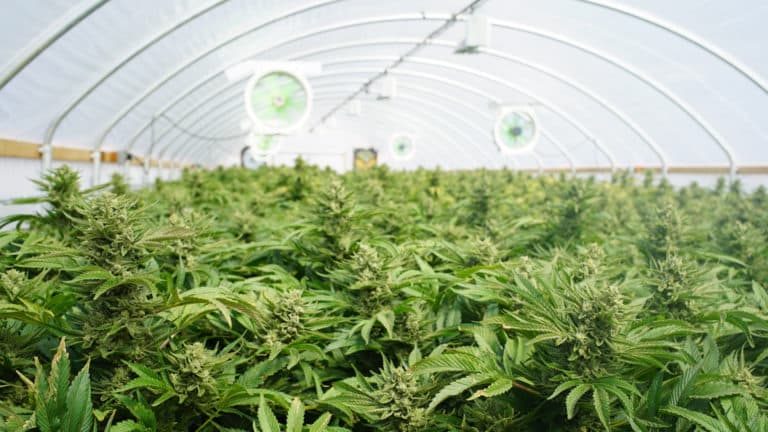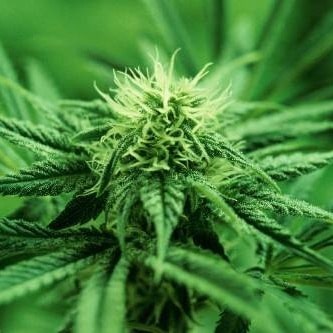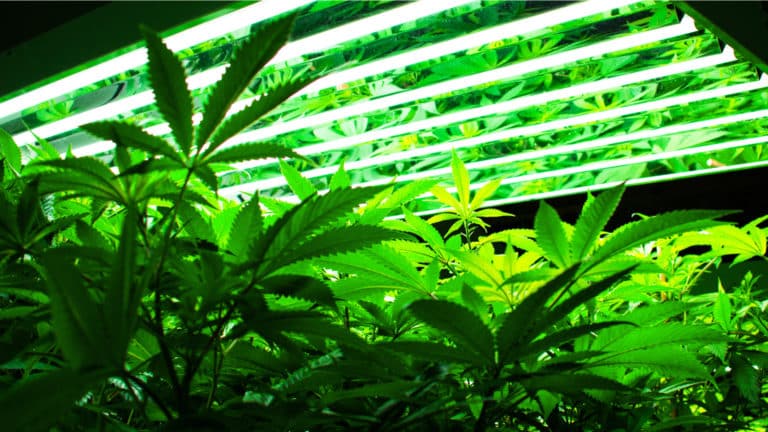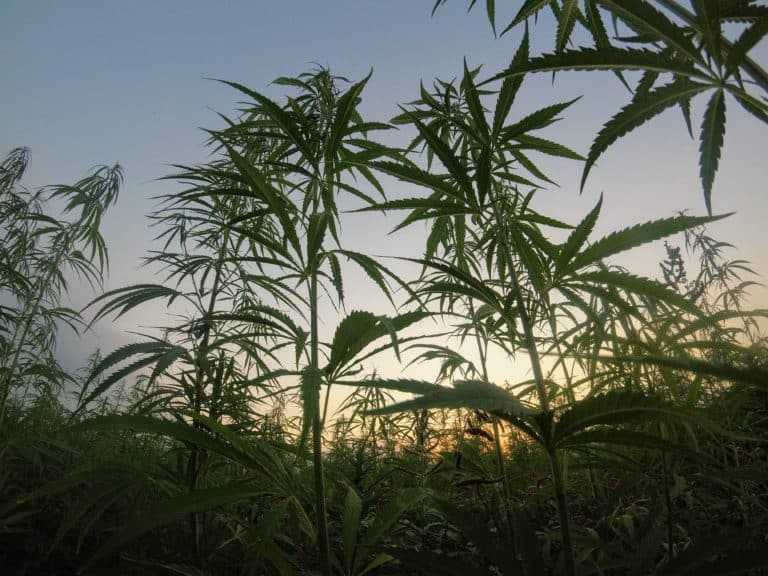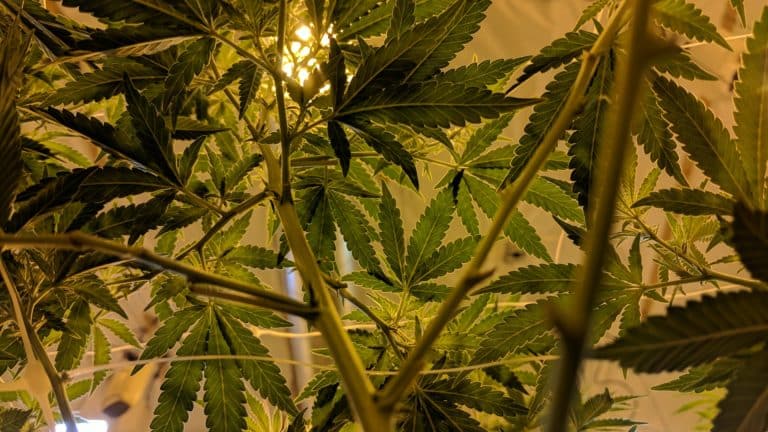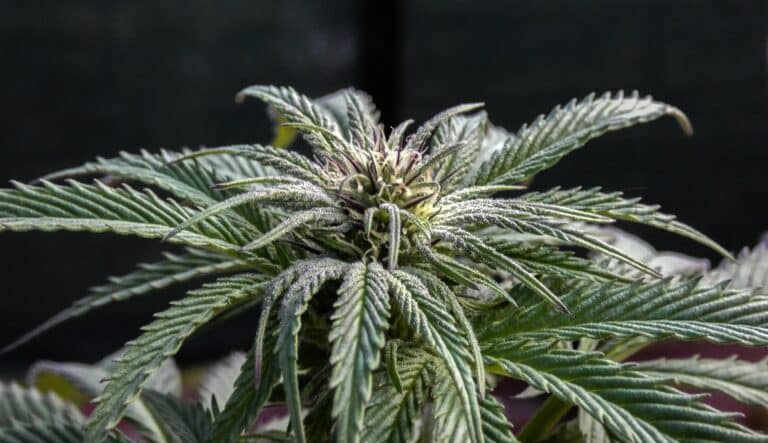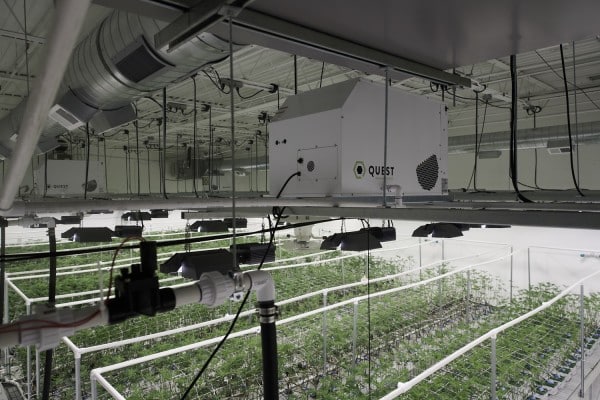
It’s no secret: Declining wholesale prices for cannabis are a big problem for growers.
“Every time it goes legal, wholesale prices decline,” said Dan Kibbin, a Maine-based cannabis grower with 25 years of experience. “But that’s exactly why efficiency is so important. When the market changes and wholesale prices drop, individual growers can ultimately make more money if they have more efficient grows.”
Before becoming a professional cannabis grower, Kibbin’s specialty was building energy-efficient homes, which gives him an advantage when it comes to creating an efficient indoor grow.
Here are a few areas he recommends putting in some time and focus in order to improve your grow’s efficiency—and boost your bottom line.
Keep a “Tight Envelope”
Kibbin said one of the most important components of efficiency is insulation.
“Insulate as best you can to maximize your environment,” Kibbin said. “Especially if you’re enriching with CO2. You don’t want it to escape. Keep a tight envelope.”
Beyond efficiency, insulating and sealing your grow room has a number of additional benefits. Sealing your room is a great way to maximize your grow environment as well as reduce pests and powdery mildew.
How to insulate will depend upon how your room is constructed and oriented. A stick-built building with southern sun exposure may soak up some heat, whereas a cellar or basement-style grow will already be well insulated by the earth along the walls.
Kibbin noted that it’s important to not just insulate your walls, but also—critically—the ceiling. A great deal of temperature exchange takes place at the top of any room.
Go for the Cutting Edge
When it comes to equipment, Kibbin recommends investing where you know there will be efficient return. Lights and dehumidifiers top his list.
There’s still considerable debate about lighting, and Kibbin isn’t quite ready to jump on the LED bandwagon yet, though he does supplement with LEC (light emitting ceramic) lights. The aversion to LED isn’t just because of the high initial cost.
“You’ve got to look at the overall picture. At the end of the day, is that product worth more or is your output limited in terms of what you’re getting in the end. I’ve jumped on the bandwagon a lot over the years, and it hasn’t always worked out, so I’m a little more conservative,” Kibbin said.
However, Kibbin does recommend the best of the best when it comes to air conditioning and dehumidification. Don’t simply buy a hardware store dehumidifier and think it will be sufficient for an enterprise-sized grow operation. Remember: As you grow more plants, they all put off more humidity into the air.
The fact is, a high-quality, energy-efficient commercial dehumidifier can save a commercial grower $100-$200 a month in electricity per unit. That’s significant cost savings that no grower can afford to ignore—especially as wholesale cannabis prices drop, Kibbin said.
Unsure how to size a dehumidifier for your grow room? There are a number of tools available and of course, you can also reach out to a professional in the commercial dehumidification space who can help you plan for keeping your humidity at optimum growing levels.
What kind of a difference can an energy-efficient grow room make to your bottom line?
“It’s tremendous,” Kibbin said. “Every dollar counts at the end of the day. So if you’re on a commercial scale, everything you can do to cut costs or save energy is going to help the company make more in the end.”
It’s all about thinking through all of the details.
“Being thorough with all aspects of a grow operation—that’s time, energy, and money—will all pay dividends in the future,” Kibbin said.


